Splitting water with light via photocatalysis to create hydrogen could help reach net zero emission goals if the process can be scaled up.


Splitting water with light via photocatalysis to create hydrogen could help reach net zero emission goals if the process can be scaled up.
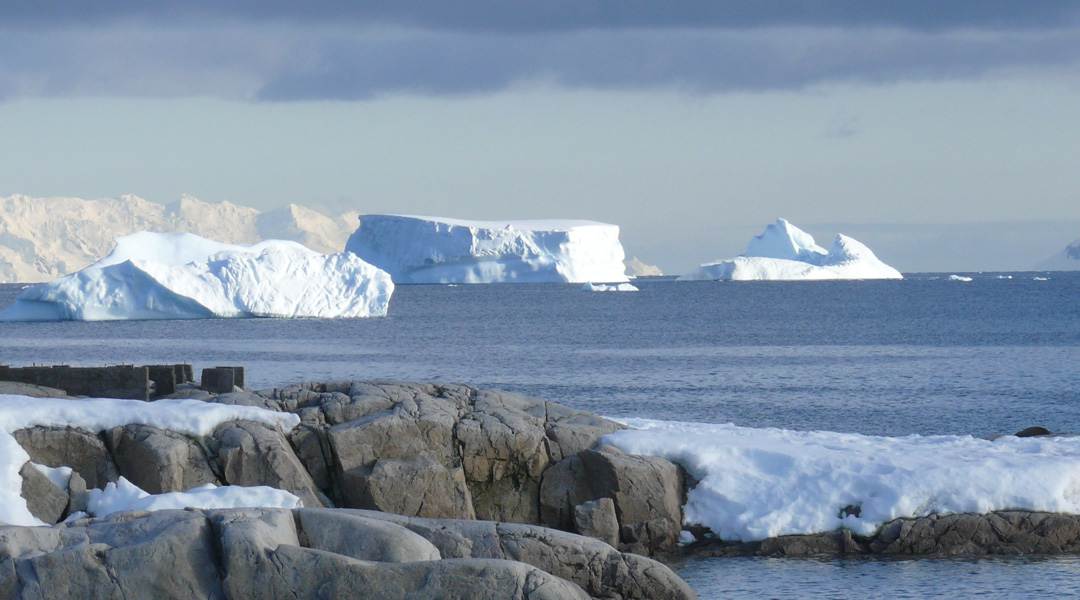
Underneath the freezing, desolate surface of Antarctica, phytoplankton are finding a niche.
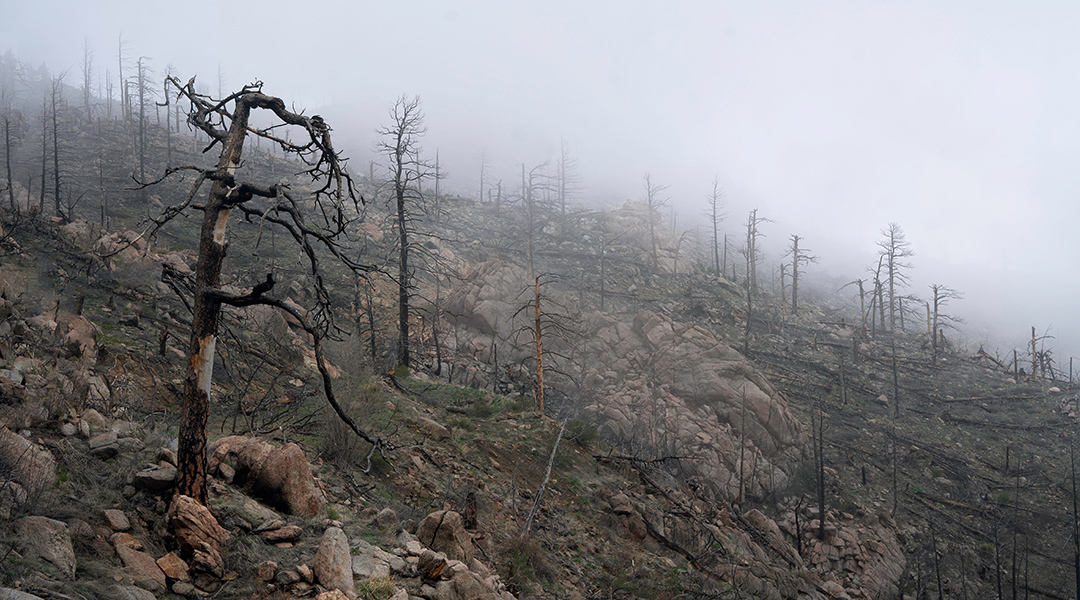
Data collected between 2010 and 2020 shows that people are relocating away from hurricanes and heatwaves but towards fire-prone areas.
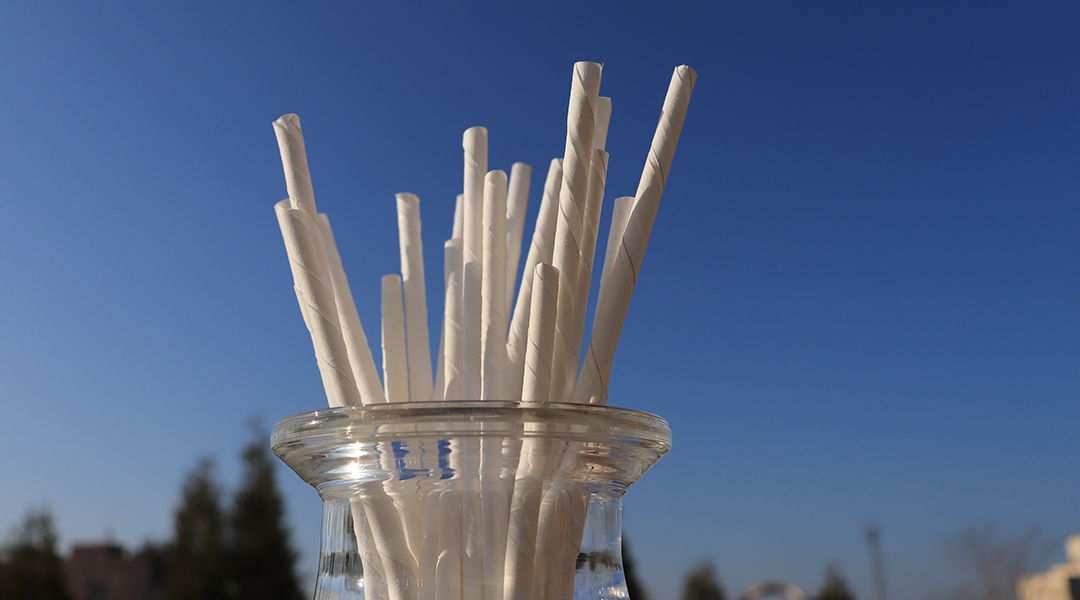
Soggy, limp paper straws have for too long been the only option to minimize plastic waste, but a new, improved design will remedy this.
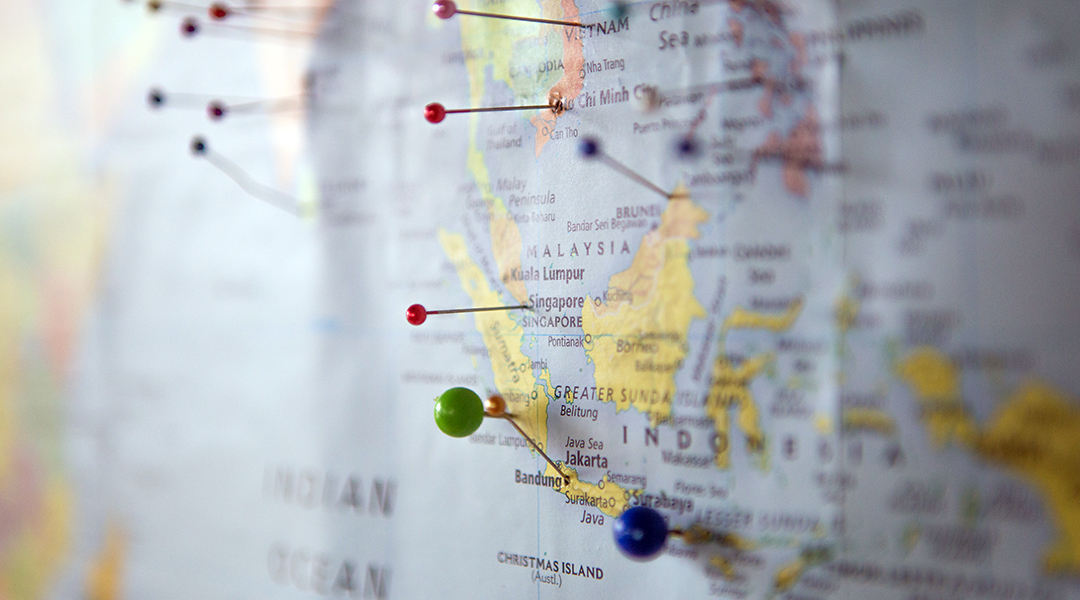
With varying climate conditions around the world, where are the most cost-effective locations to deploy direct air capture facilities?
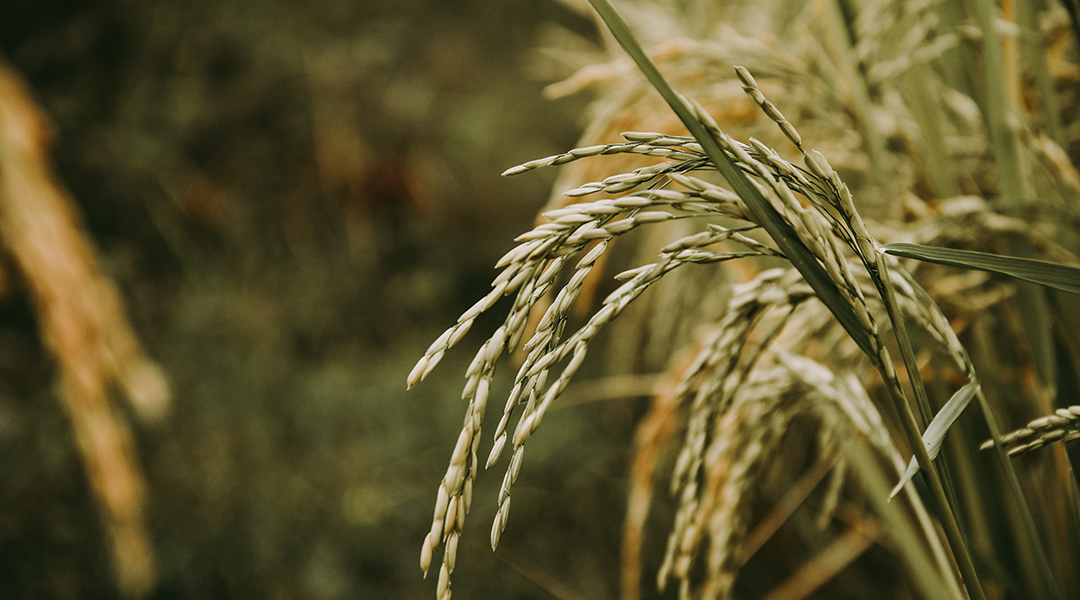
From soil to the seed, nanoplastics were shown to accumulate in rice and peanuts with potential affects on crop yield and nutrition.

What lessons can a threatened mountain lion population living within the bounds of Los Angeles teach about the future of conservation?
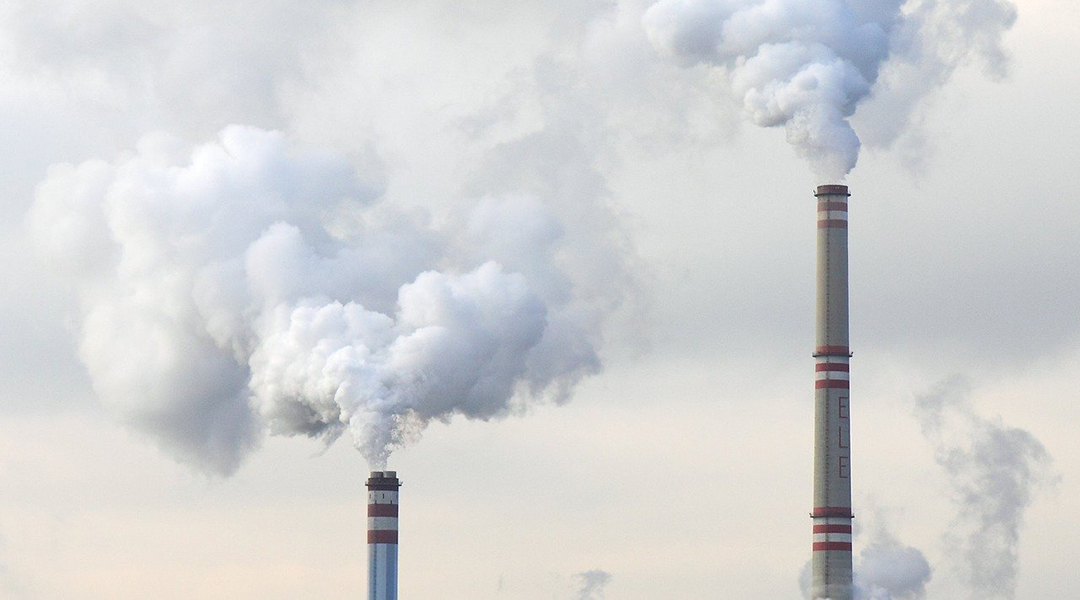
Molten salts are renowned for operating at high temperatures and are ideal as a new generation of carbon capture media.

A new carbon capture technique called supercapacitive swing adsorption separates carbon dioxide from gaseous mixtures in the air and industrial flue gases.
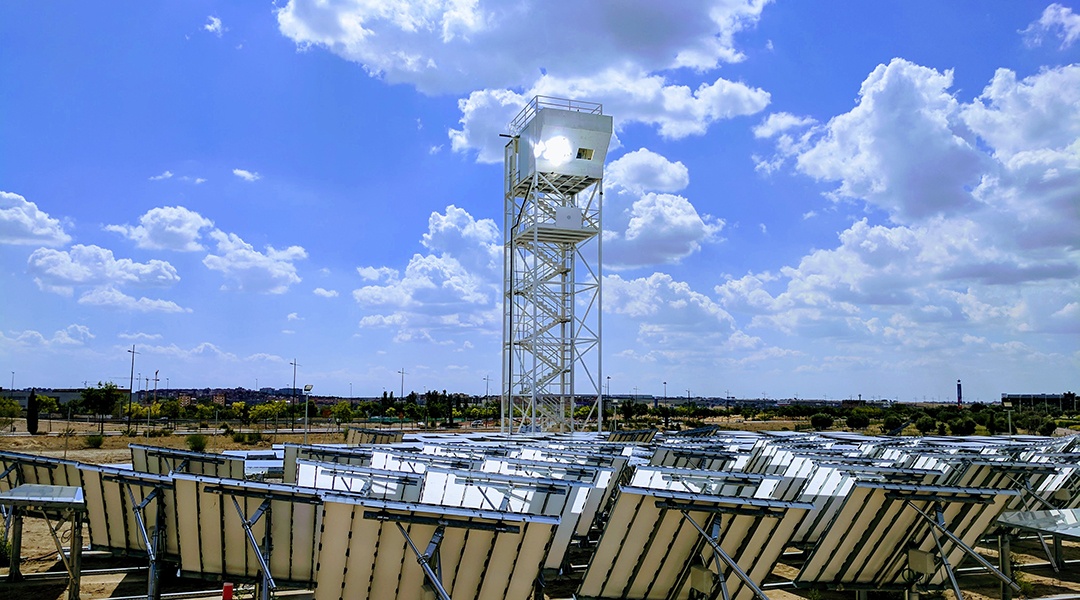
The production of kerosene directly from carbon dioxide and water promises to be a game-changer in the energy field.